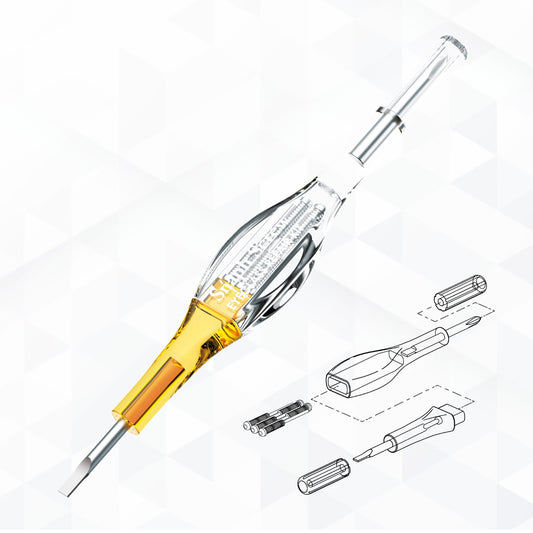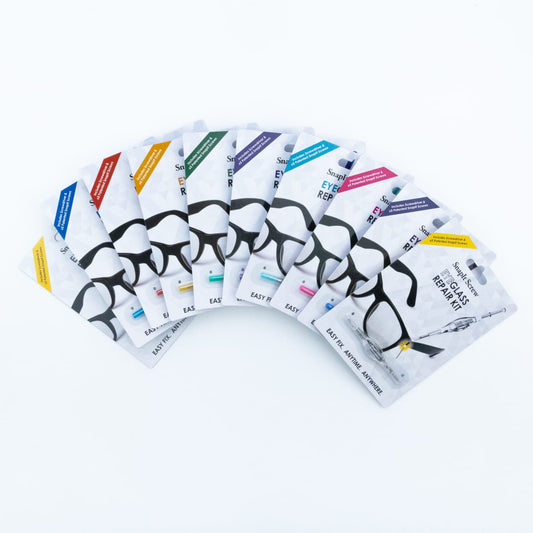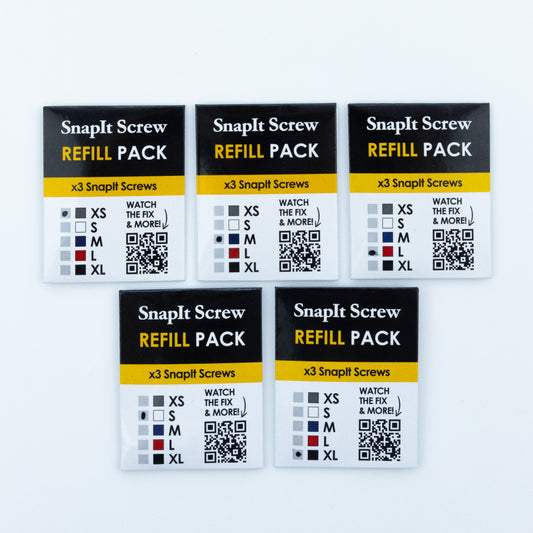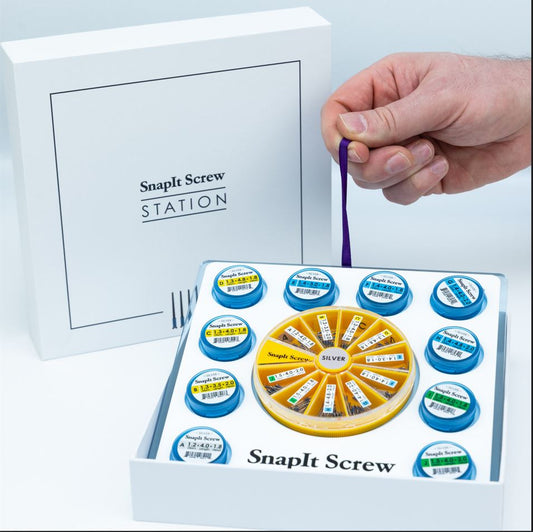Whether you're buying your first pair of glasses or upgrading your current ones, choosing the right lenses for your glasses is just as important as picking the frame. Lenses affect not just your vision, but your comfort, safety, and even the look of your eyewear. With many different types of lenses available—from single vision lenses to multifocal lenses, and polarized lenses to blue light lenses—knowing which lens option suits your lifestyle can feel overwhelming.
What Are the Main Types of Lenses for Glasses?
There are many types of lenses for glasses, each offering different features and benefits. Choosing the right lens type depends on your prescription, your eye condition, and how you use your glasses. Here are the most common types of glasses lenses:
-
Single vision lenses
-
Bifocal lenses
-
Trifocal lenses
-
Progressive lenses (also known as varifocal lenses)
-
Occupational lenses (such as office or anti-fatigue lenses)
-
Photochromic lenses
-
Polarised lenses
-
Blue light lenses
What Are Single Vision Lenses Used For?
Single vision lenses are the most common lens type and are used to correct a single field of vision—either for distance vision or near vision (such as in reading glasses). These are ideal for people with one prescription across the entire lens.
Standard single vision lenses are included in most prescription glasses, and they work well for people with mild to moderate vision correction needs. If you only need help seeing far away or up close—but not both—single focus lenses are a simple and affordable choice.
How Do Bifocal Lenses Work?
Bifocal lenses are designed for those who need two different prescriptions—one for distance vision and one for near vision. These lenses are split into two parts: the upper part is usually for seeing far away, and the lower part (the bottom of the lens) is for reading or up-close tasks.
You may see a visible line separating the two sections. While bifocals are effective, they don’t offer a gradual transition between the two zones, which may take some adjustment time. They are a good lens option for people who require both near and far vision correction in one lens.
What Makes Varifocal and Progressive Lenses Different?
Varifocal lenses—also called progressive lenses—are an advanced solution for people who need three different prescriptions in one lens: near, intermediate, and distance vision. Instead of having a visible line, progressive lenses offer a seamless transition between different zones across the lens.
Premium varifocal lenses provide natural vision correction at different distances and are ideal for people with presbyopia, a condition that typically begins around age 40. These multifocal lenses are a great choice if you want to avoid switching between multiple pairs of glasses.
What Are Photochromic Lenses and When Should You Choose Them?
Photochromic lenses (also known as light lenses or transition lenses) automatically darken in sunlight and return to clear indoors. They are perfect for people who move between indoor and outdoor environments and want glasses and sunglasses in one.
These glasses lens options provide UV protection, reduce glare, and are a great alternative to carrying a separate pair of sunglasses. If you’re sensitive to light or spend time outdoors frequently, photochromic lenses are a convenient and functional solution.
What Are the Benefits of Polarised Lenses?
Polarised lenses (or polarized lenses) are commonly found in sunglass options and are designed to reduce glare from reflective surfaces like water, glass, or pavement. These lenses are especially beneficial for driving, boating, or other outdoor activities.
Unlike standard tinted lenses, polarised lenses improve visual clarity and comfort by filtering horizontal light waves. They’re not ideal for everyone—for example, pilots and people using certain digital screens may experience distortion—but for outdoor use, polarised lenses are often the best lens choice.
Do You Need Blue Light Lenses?
Blue light lenses are designed to filter out high-energy visible (HEV) blue light emitted by screens and artificial lighting. This lens type is ideal for people who spend several hours a day on computers, tablets, or smartphones.
Blue light lenses can help reduce symptoms of eye strain, blurred vision, and sleep disruption. If you work long hours on digital devices, adding a blue light lens coating to your glasses may significantly improve your eye comfort and productivity.

What Lens Materials Should You Consider?
Lens performance isn’t just about shape or coating—it’s also about the lens material. There are several options available:
-
Plastic lenses: Lightweight and affordable, ideal for most prescriptions.
-
Polycarbonate lenses: Impact-resistant and thinner than plastic, perfect for children or active adults.
-
High-index lenses: These are thinner lenses designed for people with stronger prescriptions, offering comfort and aesthetic appeal.
Choosing the right lens material affects both how the glasses feel and how they look. If you have a high prescription, for instance, high-index lenses will prevent your glasses from appearing too bulky.
What Lens Coatings Can Improve Your Glasses?
Lens coatings can dramatically enhance the performance of your optical lenses. Here are the most common types of lens coatings:
-
Anti-reflective coating: Reduces glare from screens and headlights.
-
Scratch-resistant coating: Extends the life of your lens surface.
-
UV protection coating: Shields your eyes from harmful ultraviolet rays.
-
Blue light coating: Filters out digital eye strain-inducing light.
Adding the right lens coating can help your lenses last longer, feel more comfortable, and perform better throughout the day.
How to Choose the Right Lenses Based on Your Lifestyle?
Choosing the right lenses depends on how you use your glasses. Here’s how to align your lens option with your daily routine:
-
Work in an office? Consider anti-fatigue lenses or blue light lenses.
-
Spend time outdoors? Look into polarised lenses or photochromic lenses.
-
Need help with reading and driving? Go for progressive lenses or bifocals.
-
Have a high prescription? Choose high-index lenses for comfort and appearance.
Think about the activities that make up your daily routine and how your lenses should support your vision correction needs. Talking to an optician or trying an online quiz can help you find the perfect lenses.
By understanding the different types of lenses, you can confidently choose the right lenses for your glasses—and enjoy better vision, comfort, and protection every day.
 and
and  WHEN BUY 3 KITS
WHEN BUY 3 KITS







